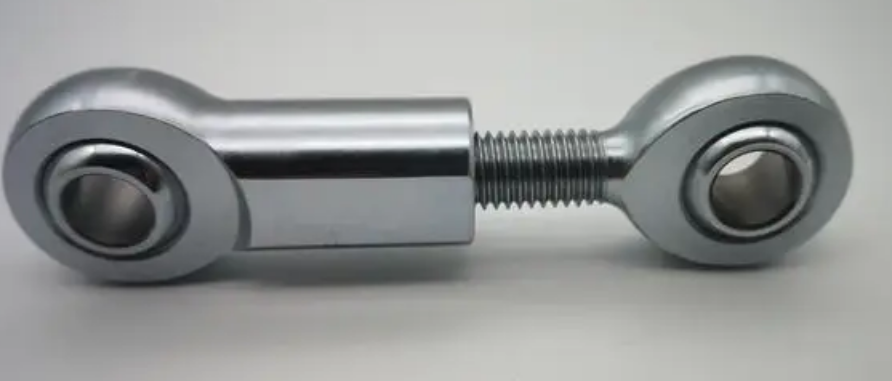Can you reuse connecting rod bearings during an engine rebuild or overhaul? This question is frequently asked by mechanics, car enthusiasts, and DIYers looking to save on repair costs. This article aims to provide insights and recommendations on whether or not to reuse connecting rod bearings.
The Role of Connecting Rod Bearings Connecting rod bearings are critical components in internal combustion engines. They form a protective layer between the connecting rod and the crankshaft, allowing for smooth rotation while minimizing friction and wear. Bearings are typically made from durable materials such as aluminum, bronze, or copper-based alloys.
Wear and Tear of Connecting Rod Bearings Over time, connecting rod bearings experience wear and tear, resulting in reduced performance and potential engine damage. Several factors contribute to bearing wear, including:

- Insufficient lubrication: A lack of proper lubrication can lead to increased friction, causing the bearings to wear out more quickly.
- Contamination: Dirt and debris can infiltrate the oil supply, leading to the premature wear of connecting rod bearings.
- Overloading: Excessive loads, often caused by aggressive driving or towing, can accelerate bearing wear.
Should You Reuse Connecting Rod Bearings? While reusing connecting rod bearings might seem like a cost-saving measure, it is not generally recommended. The risks associated with reusing worn or damaged bearings far outweigh any potential savings. Here’s why:
- Increased likelihood of engine failure: Reusing worn or damaged bearings can lead to excessive play or friction in the connecting rod assembly, ultimately causing engine failure or other expensive repairs.
- Shortened engine lifespan: Reusing bearings that have already experienced wear and tear will likely decrease the overall life expectancy of the engine.
- Warranty concerns: If you are rebuilding an engine that is still under warranty, reusing connecting rod bearings may void the warranty coverage.
Recommendations for Engine Rebuilds To ensure the longevity and proper performance of your rebuilt engine, it is highly recommended to replace connecting rod bearings during an engine overhaul. Consider these tips for a successful engine rebuild:
- Inspect bearings: Always carefully inspect the old connecting rod bearings for signs of wear, pitting, or damage.
- Choose quality replacement bearings: Select high-quality, reputable replacement bearings that meet or exceed the original equipment manufacturer (OEM) specifications.
- Proper installation: Ensure that bearings are installed correctly, with adequate lubrication and appropriate torque settings.
- Maintain your engine: Regular oil changes, using high-quality oil and filters, will help extend the life of your connecting rod bearings and other engine components.
Conclusion Can you reuse connecting rod bearings? The answer is generally no. The risks involved in reusing worn or damaged bearings far outweigh any potential cost savings. Instead, invest in high-quality replacement bearings and proper installation to ensure the longevity and performance of your rebuilt engine.